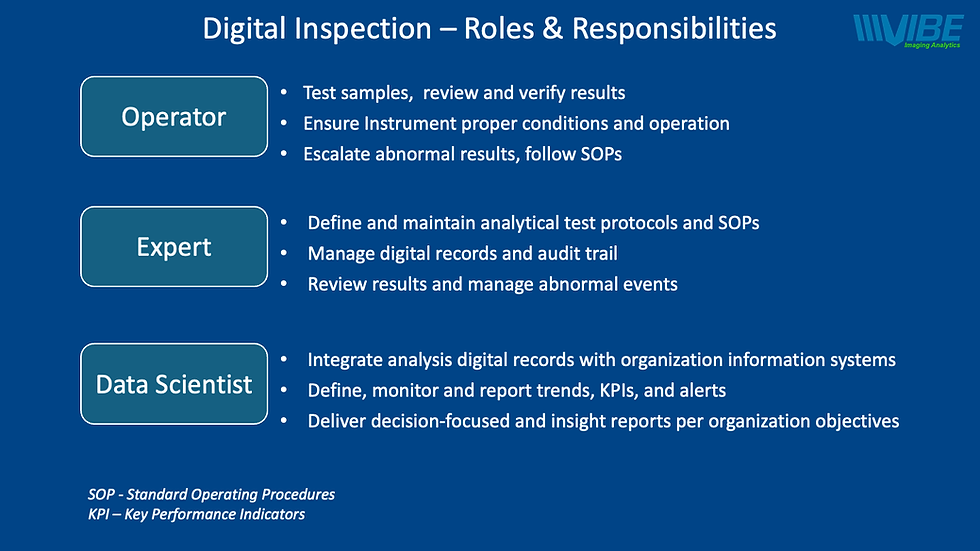Food and Grain Processing, Average Measurements, Average Performance
- "The Grain Guru"
- May 9, 2021
- 3 min read
Updated: May 12, 2022

The grain and food industry uses dimension and color average values for quality and process control, from grading to cleaning, processing, and packing. The common practice uses average values and thresholds for pass-fail, in-range, and out-of-range. Using average and standard deviation are the best and simple methods with a normal distribution. Most of the items with the same values are in the center with a symmetrical spread of the other measurements. Commonly, a batch of raw material such as wheat, corn, sesame, or barley will not have a normal distribution for many reasons, from growing conditions even in the same field, unified maturity during the harvest, and later in the supply chain, storage, and blending practices.
For skewed (unusual) distribution, an asymmetrical spread of the measurements data, the average values provide misleading information on the actual batch and cause yield losses, waste, and compliance to specifications or standards because of that.
We measured and plotted the brightness of both images, the Donkey and Zebra. First, we calculated the average values, Plotted the Histograms, and then Box and Whiskers. The Average values are very close to each other and within the error range of most colorimeters. The histogram provides an excellent visual of the differences between the images. Still, the Box and Whisker provide quantitative (values) and descriptive (visual) information, valuable information for status and actions.


Use an excel file with your data, mark the relevant row(s),
select insert; chart; Box and Whisker.

Box and Whisker use a summary of five values to describe the measurement results. The median is the center of the sample, Q1 to Q3, representing 50% of the sample values (observations) and the spread. A narrow box indicates a higher number of observations with the same values. The measurements below and above the whiskers' min and max points are outliers. The Whiskers lines' length indicates the variability. A median line close to the left (negative skewed) indicates a higher level of smaller values. A median line close to the right (positive skewed) indicates a higher level of higher values in the sample.

To start, we used two Basmati rice samples, both purchased from local supermarkets in Capitola, California, USA, Nob Hill Foods, and Wholefoods. The third sample was sent to us by a customer in the prepared food industry for investigation after finding an ongoing yield loss issue. We analyzed the samples (images below), created Box and Whiskers plots, then excluded the broken kernels and made new charts, reviewed and explained the results. Please compare the two images of rice, values summary table to the Box and Whisker Plots, and decide which method will help you with your job and decisions.



The chart above shows the difference between the two samples.
- Sample 1 has longer grain but with a broader distribution.
- 50% of sample 1 has grains in the range of 6.78 to 7.57 mm, and in sample 2, 50% are
between 6.24 to 6.85 mm.
- About 4% in sample 1 and 12% in sample 2 are grains with lengths of less than 6 mm.

The Box and Whistler chart and table below shows customer samples of long-grain without the broken and outliers. About ½ of the sample is below 6 mm, the minimum requirement in Europe, but since the average length is the determining factor, it will be in range and meet the specifications. Also, the measurement shows that this sample is a blend of different varieties and ages (vibe-colors-use-case).

Summary
Box and Whisker plots provide a clear overview of your raw materials, WIP (Work in Progress), and process results, both visually and quantitively, that enables decision based on the “big picture” with the details to support it. As Digital inspection becomes expected in the grain and food industry, we will see more improvements in the entire workflow combined with reducing human errors and intelligent decisions. It will improve overall productivity, costs control, and quality.





Comments